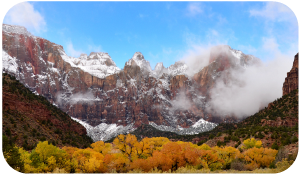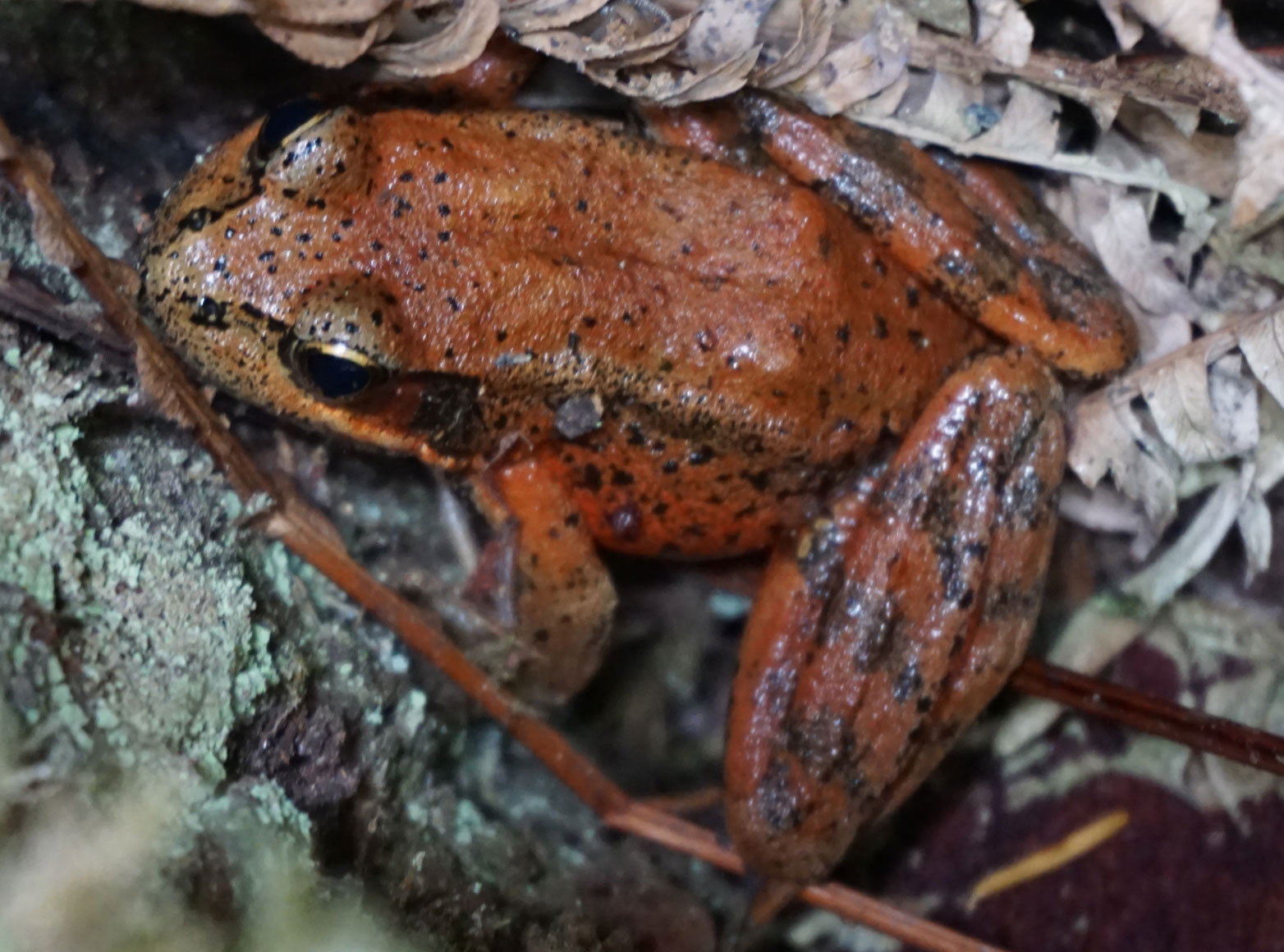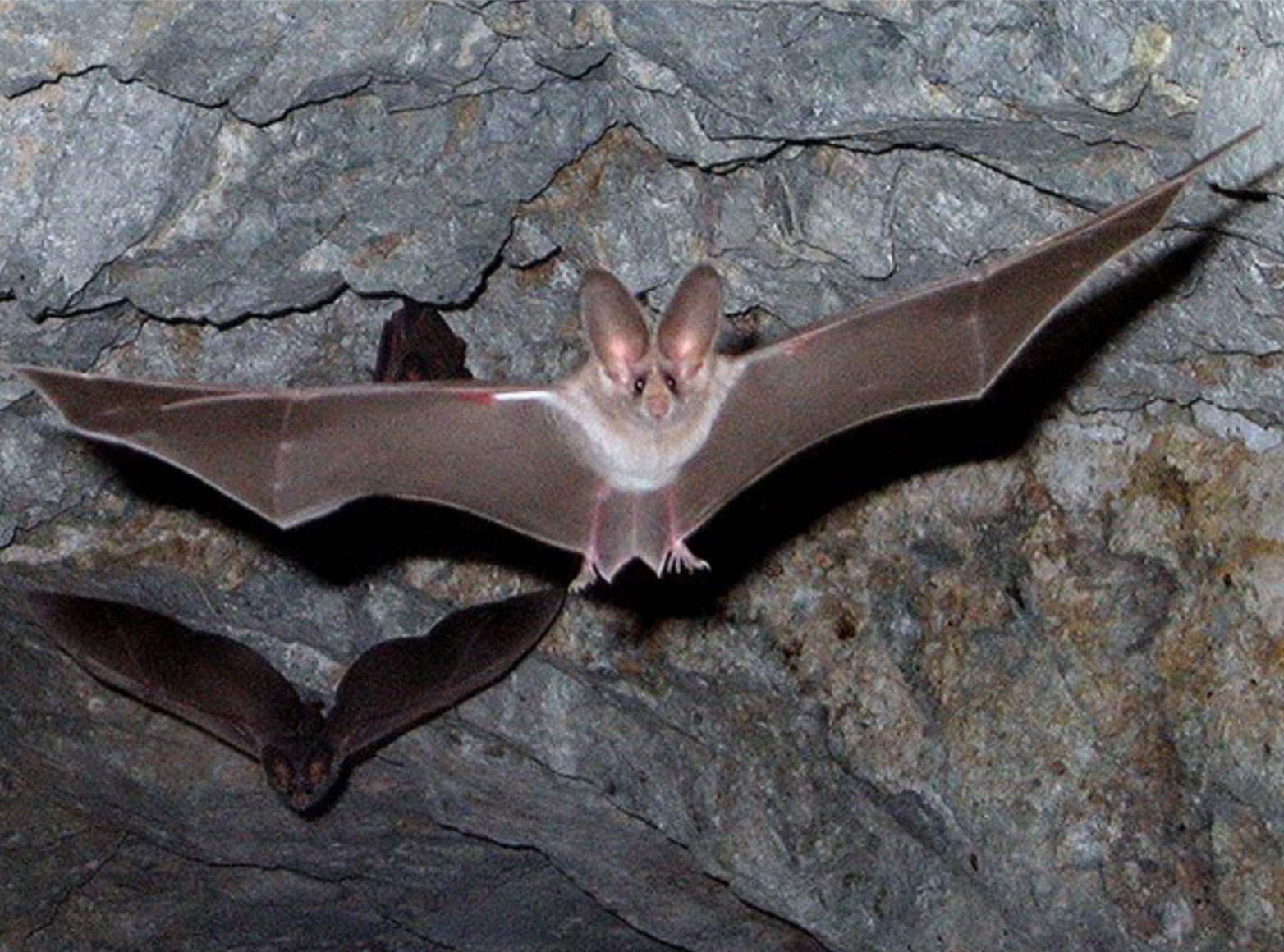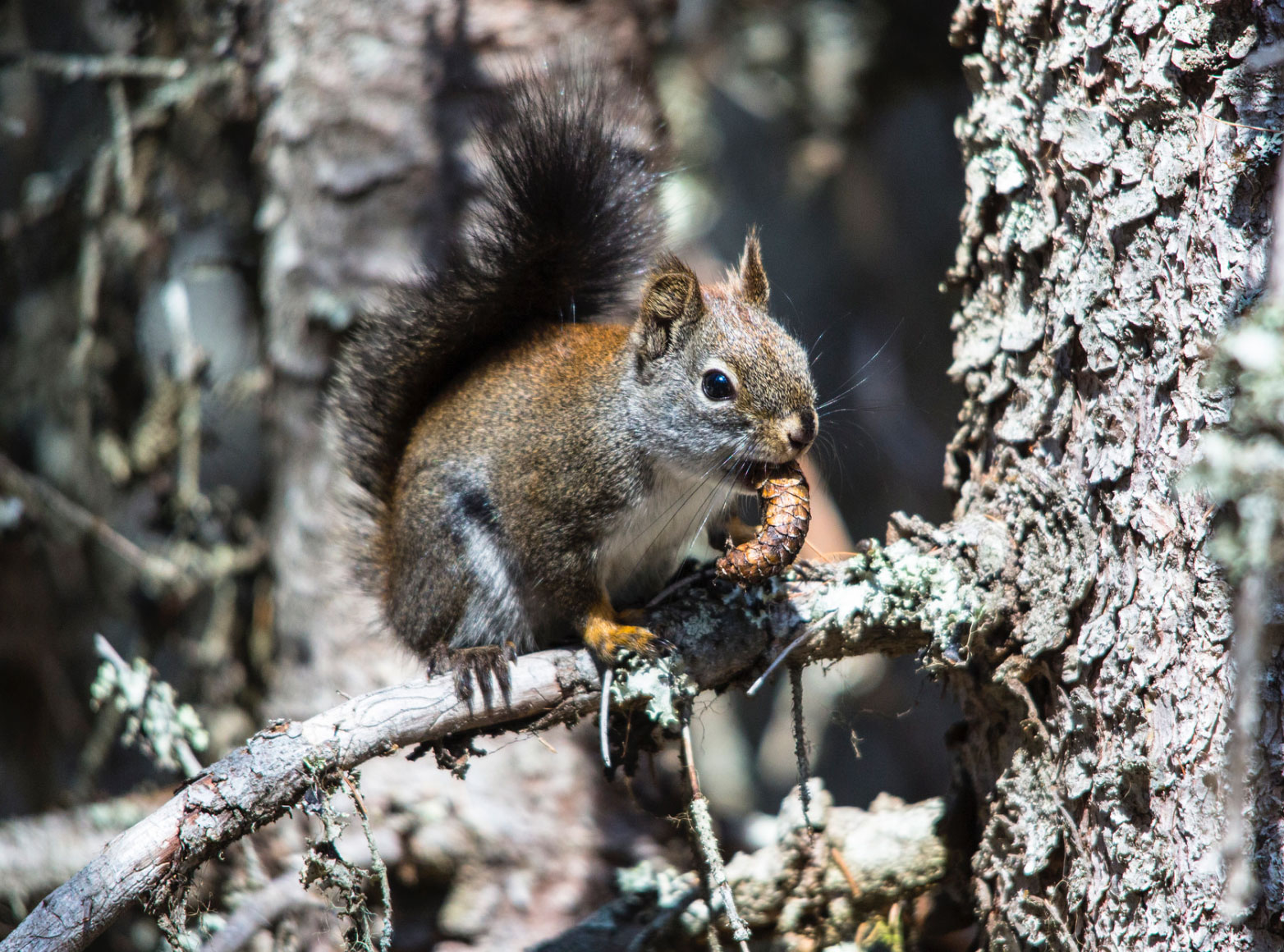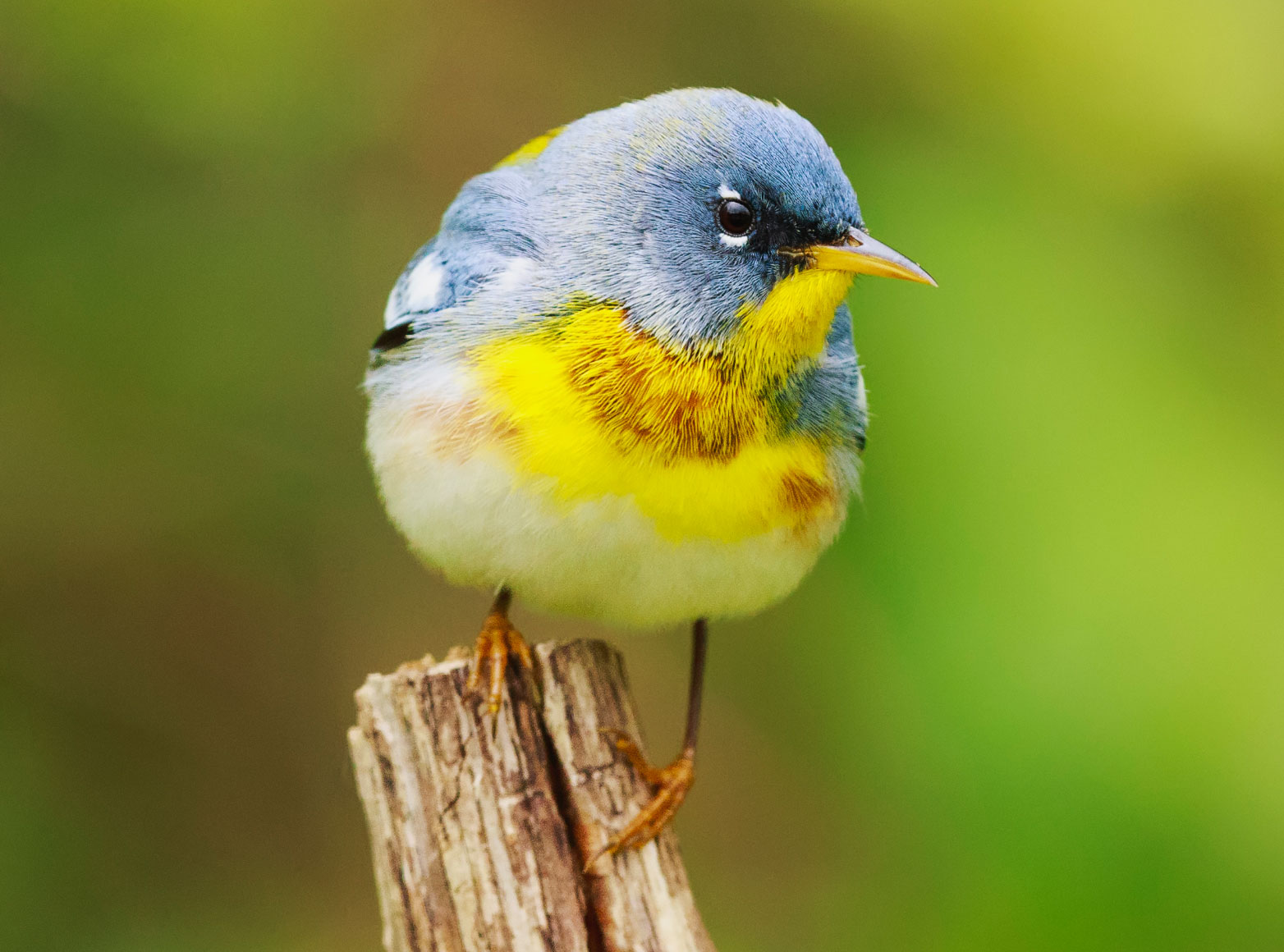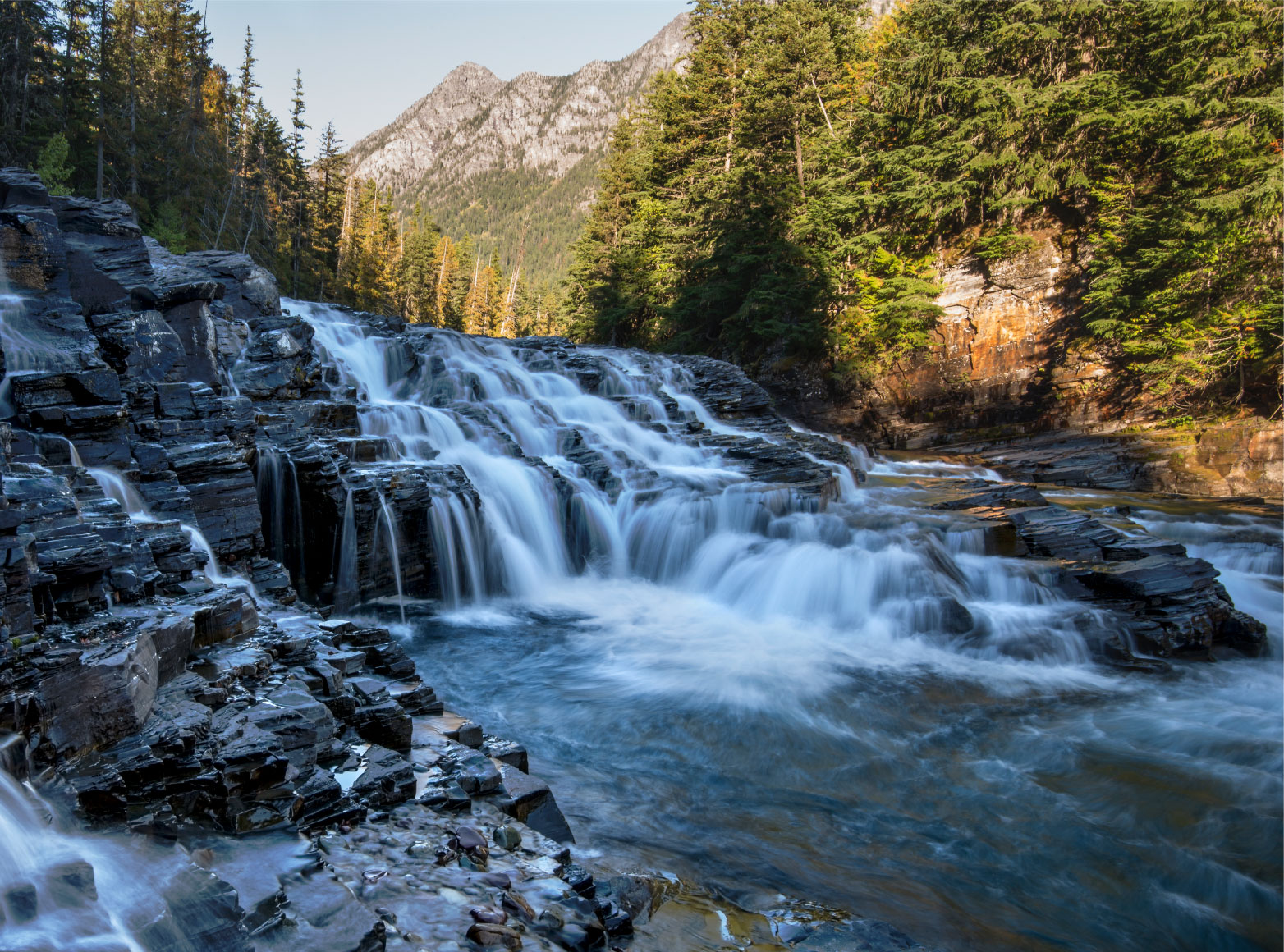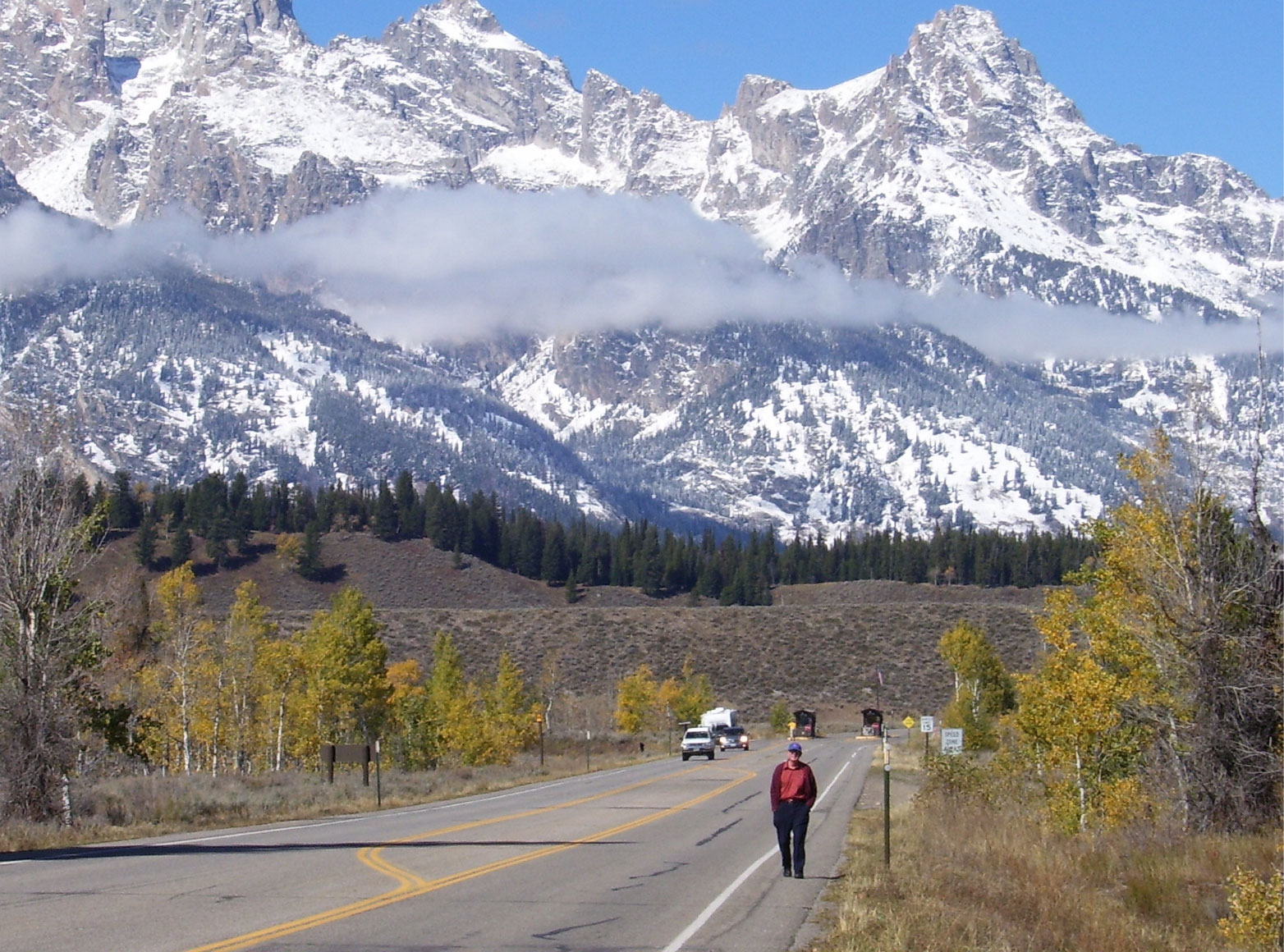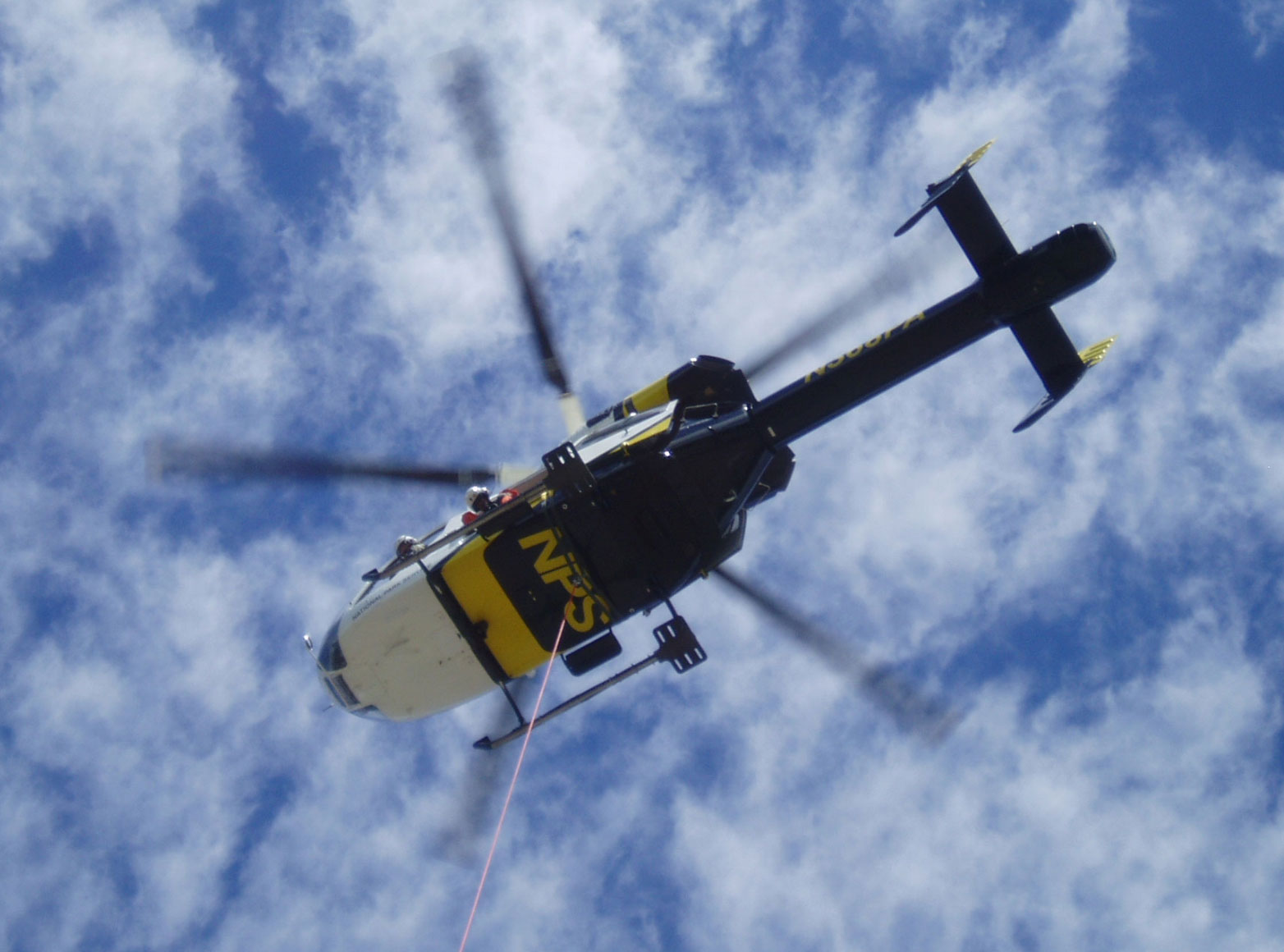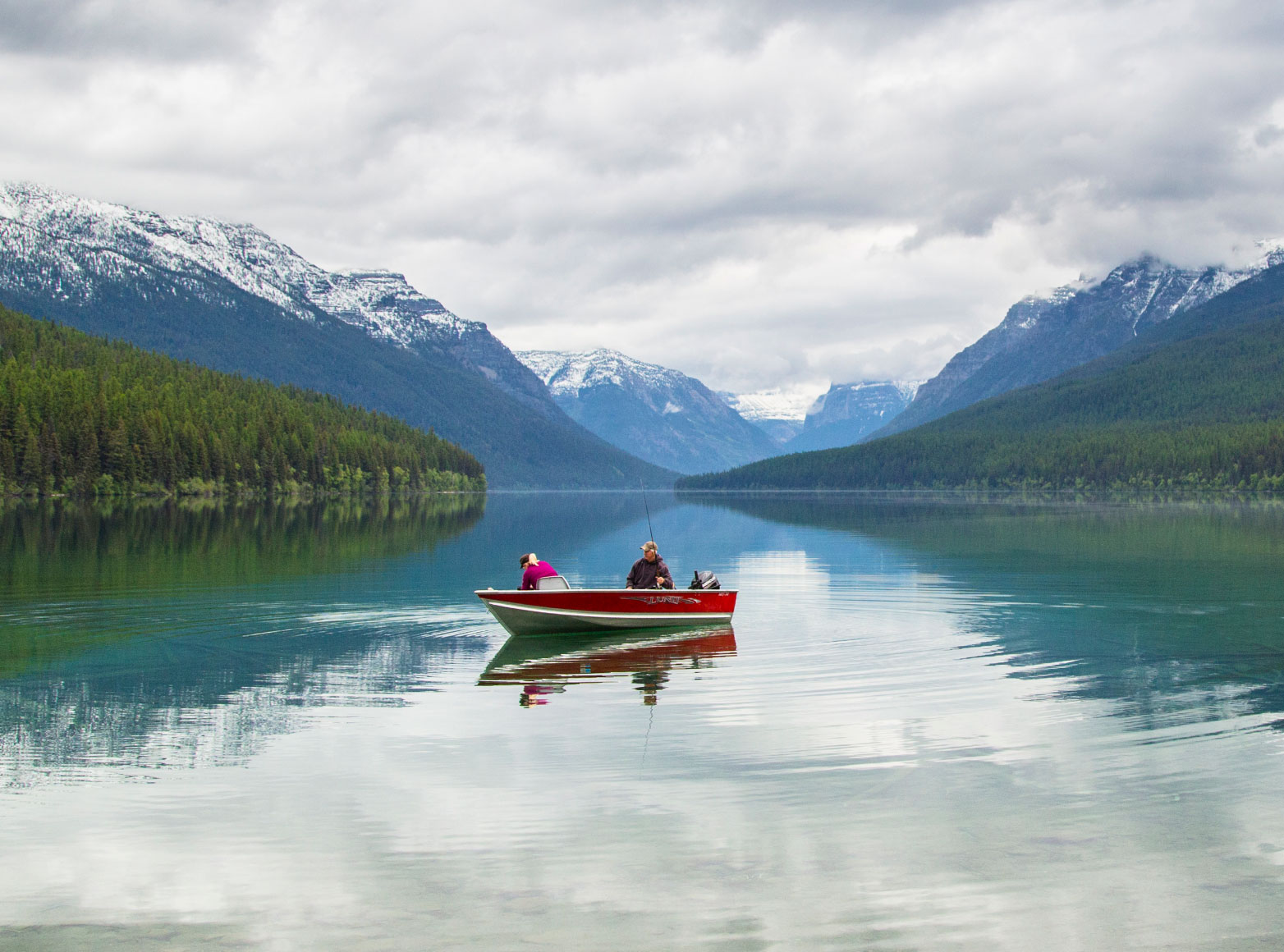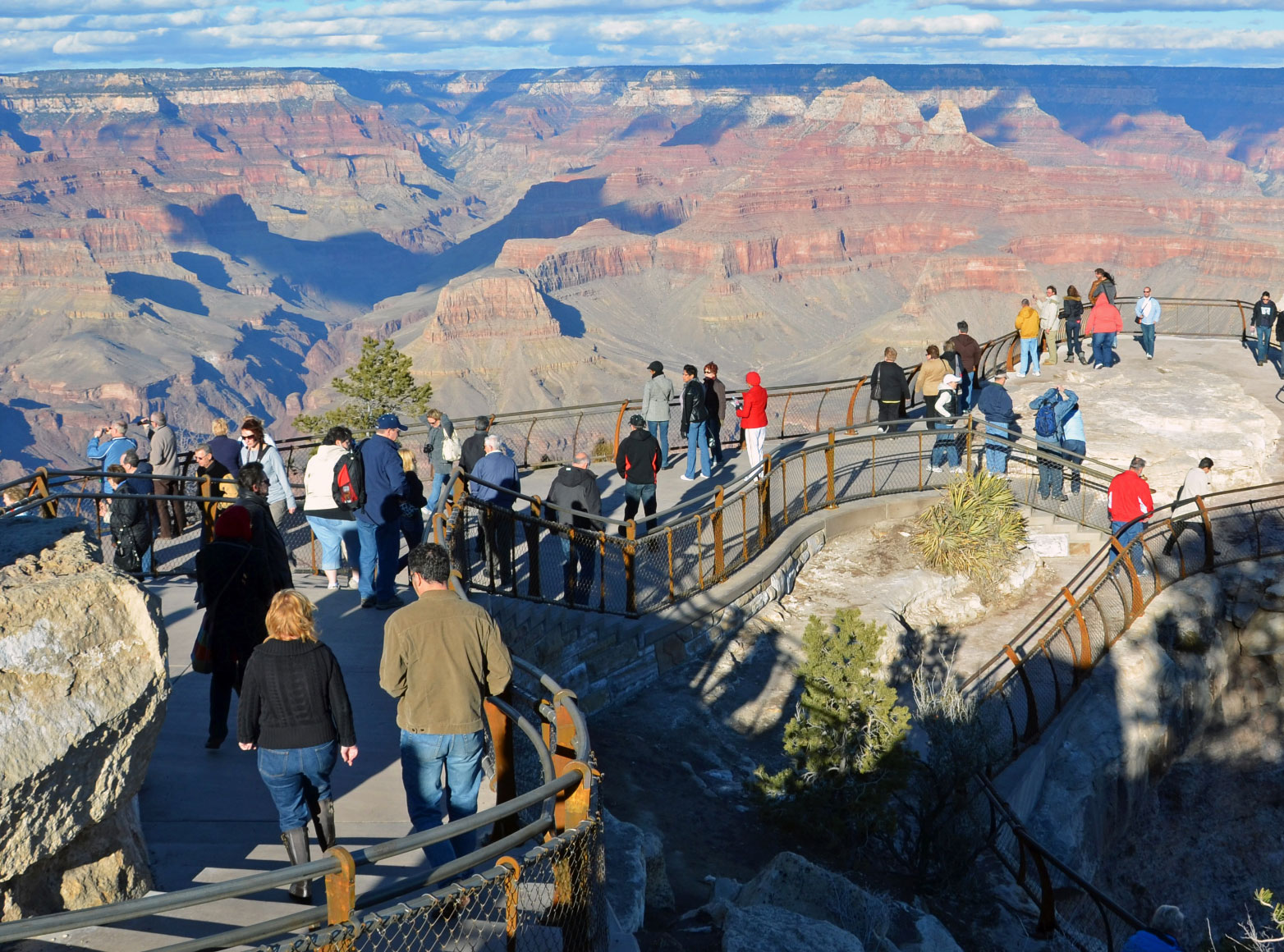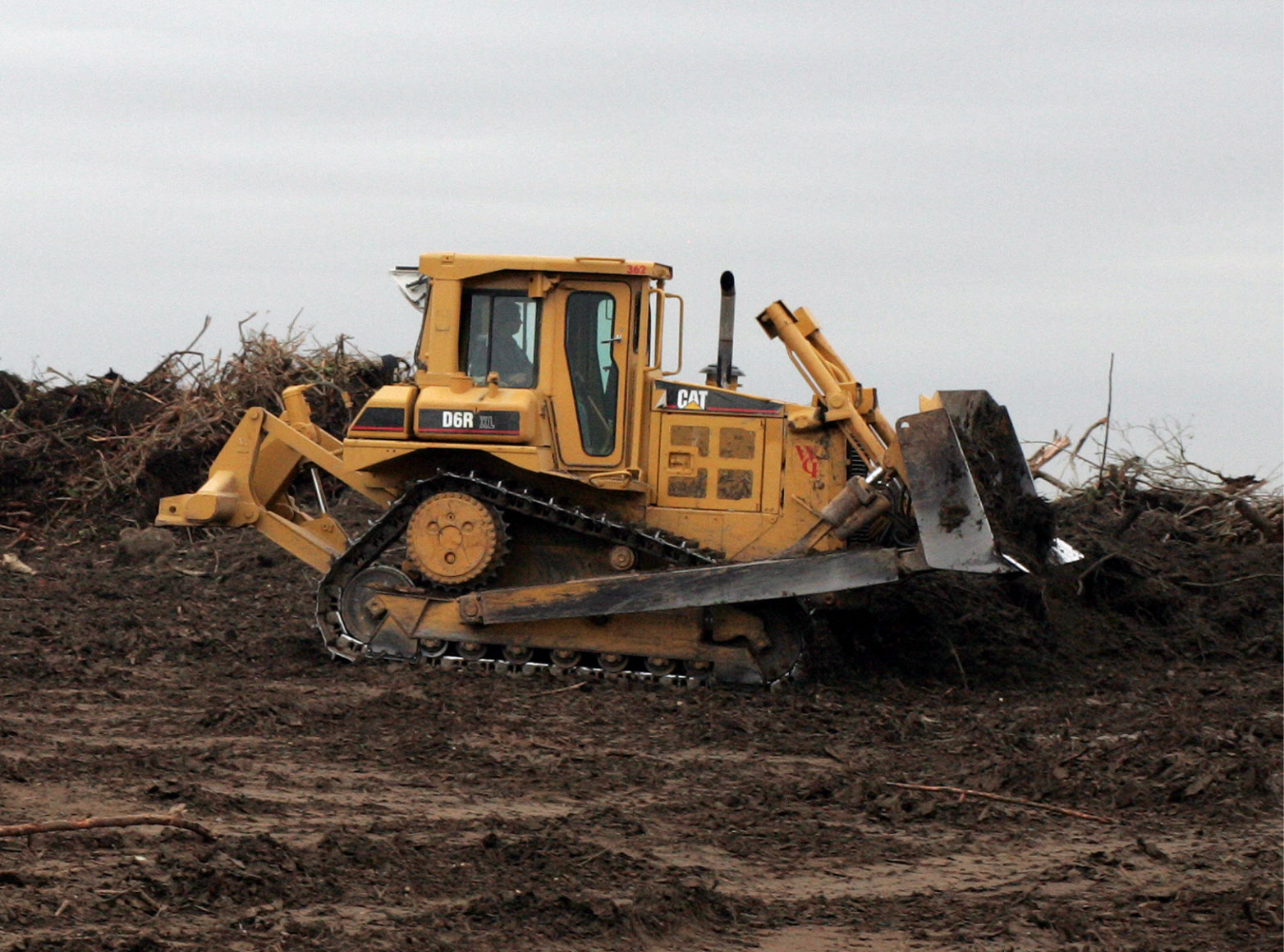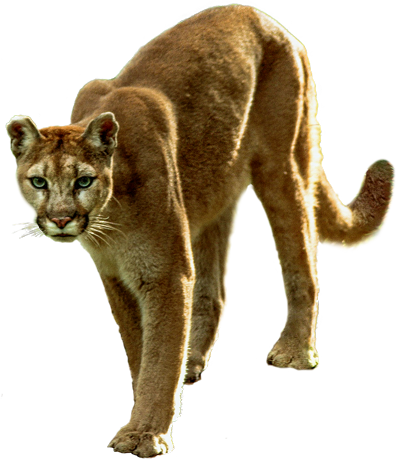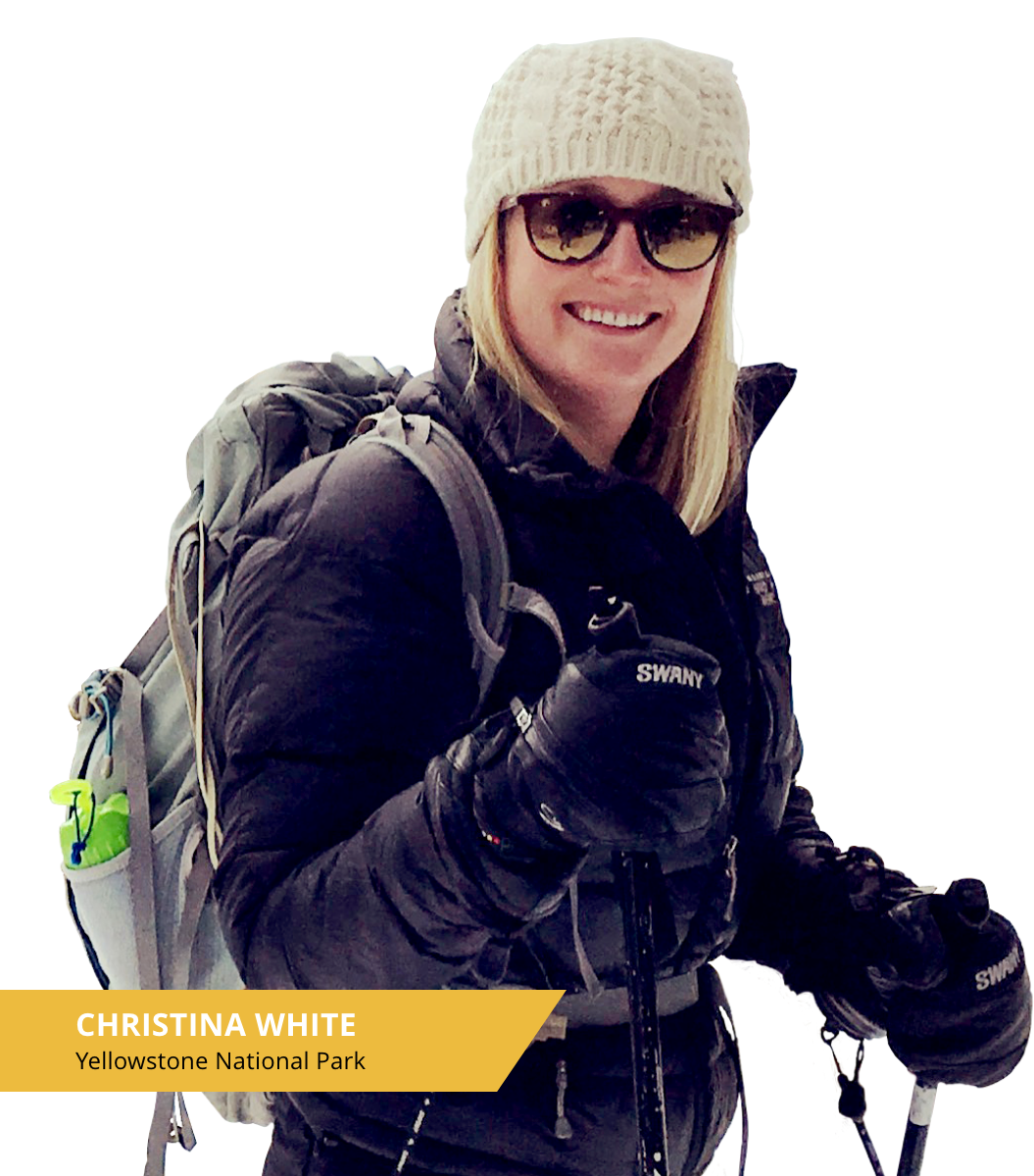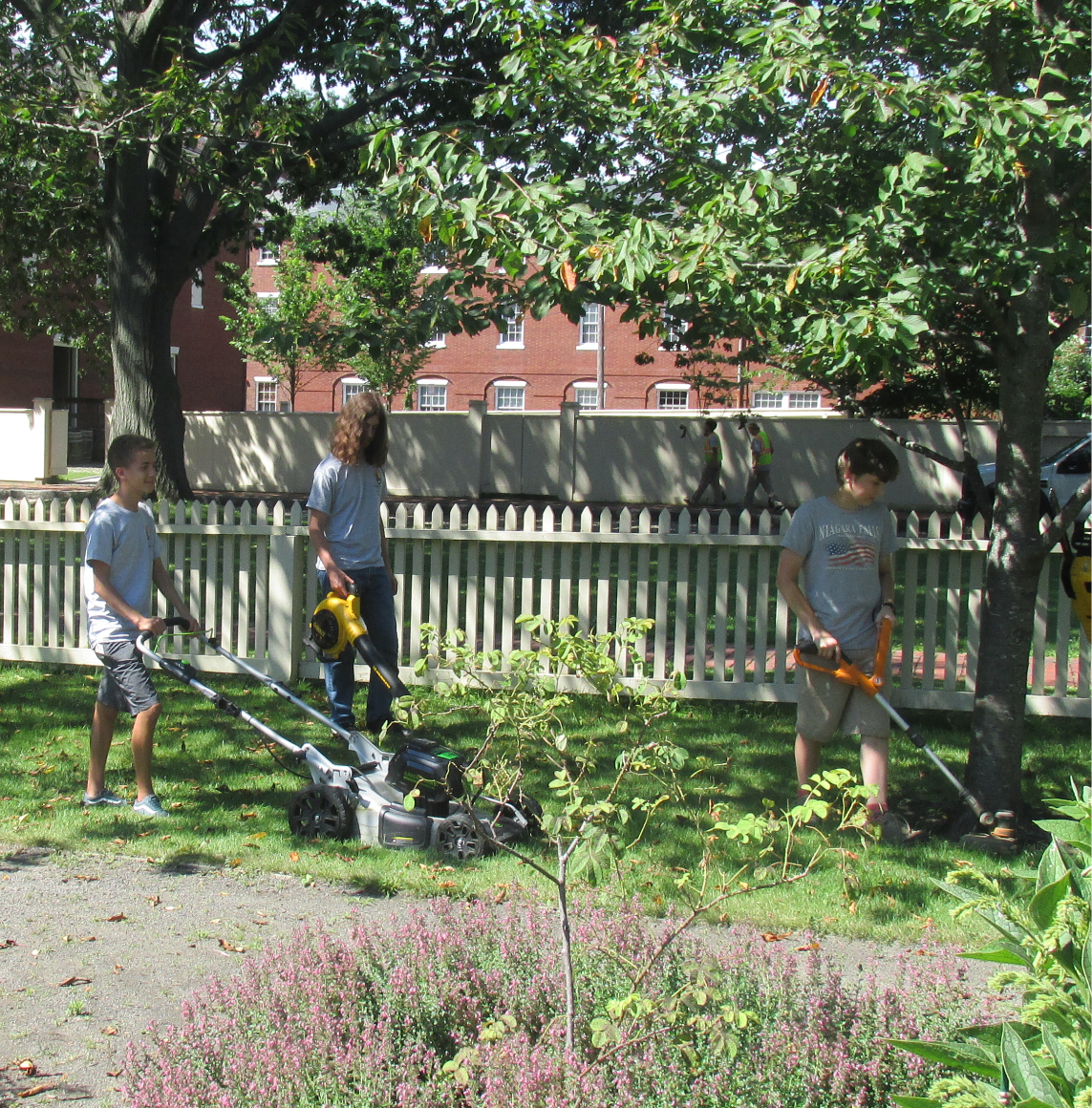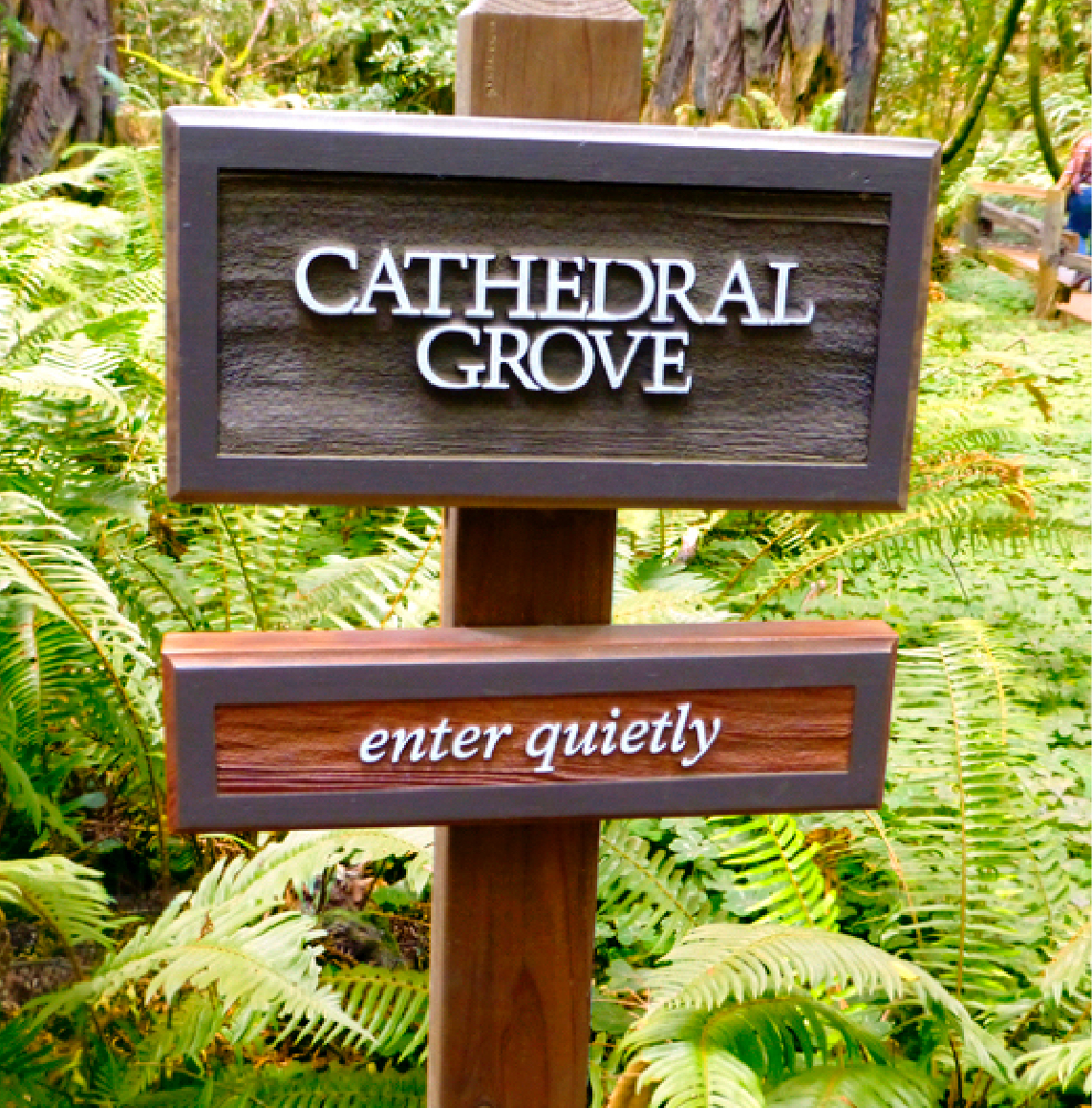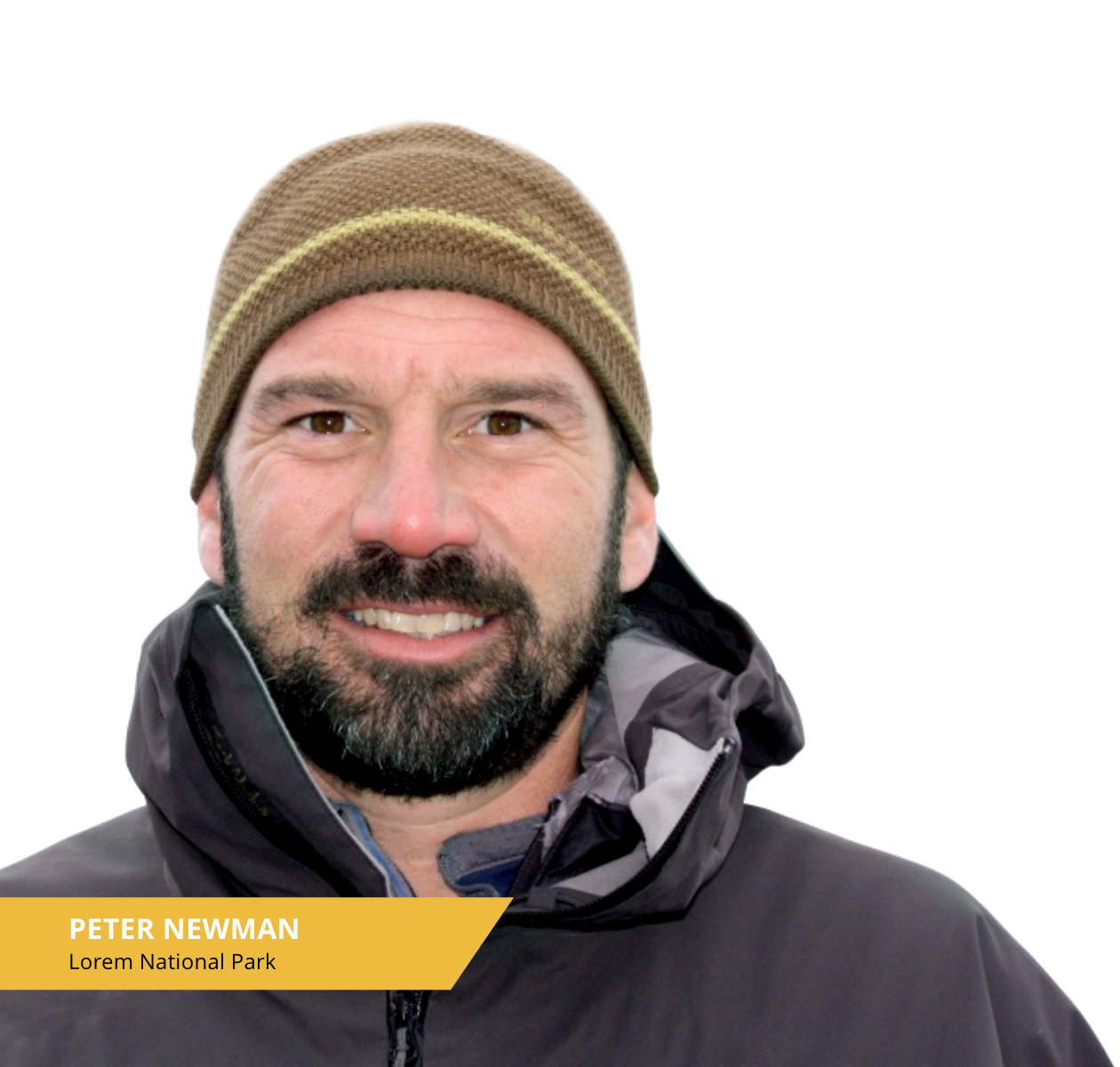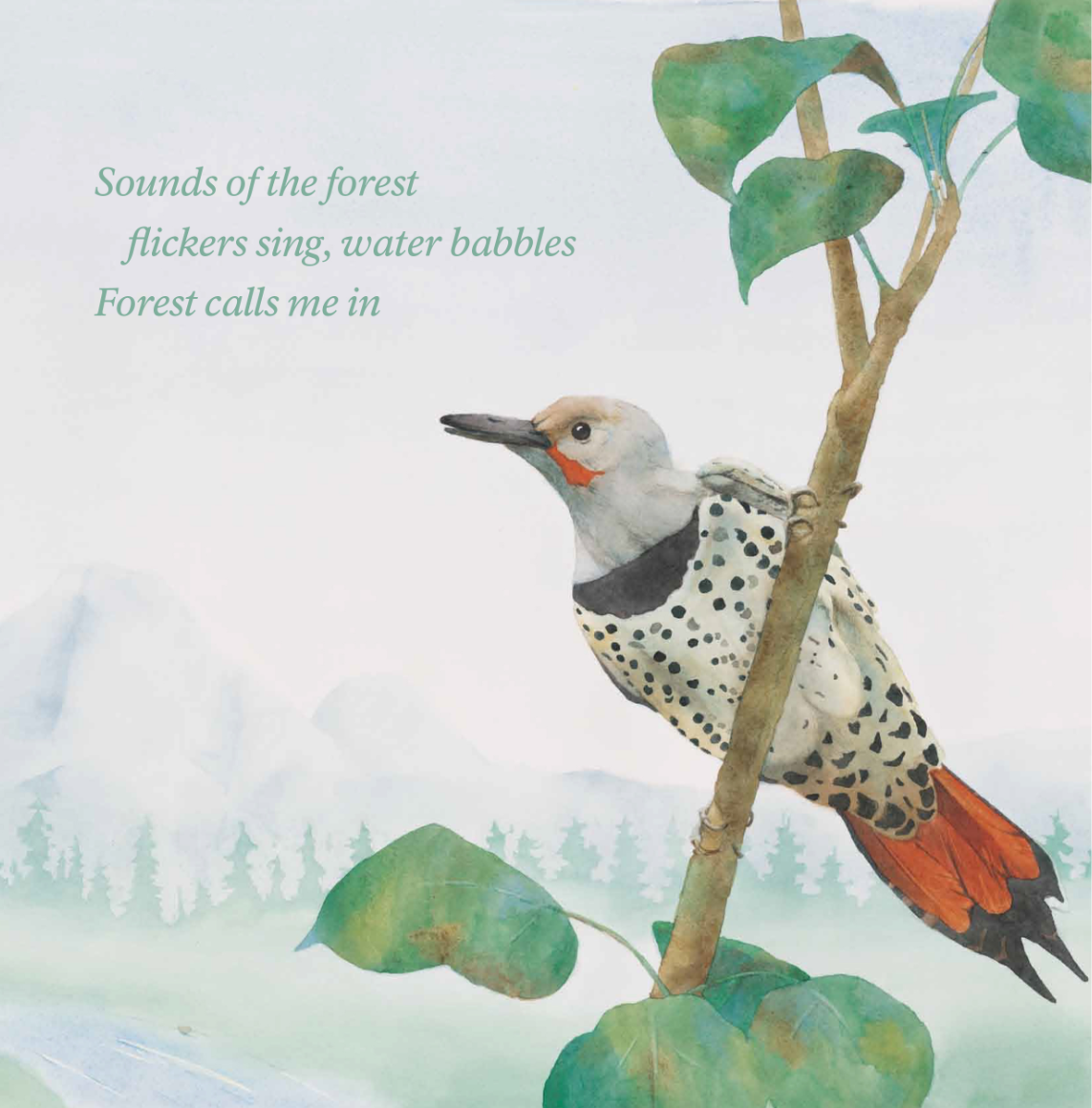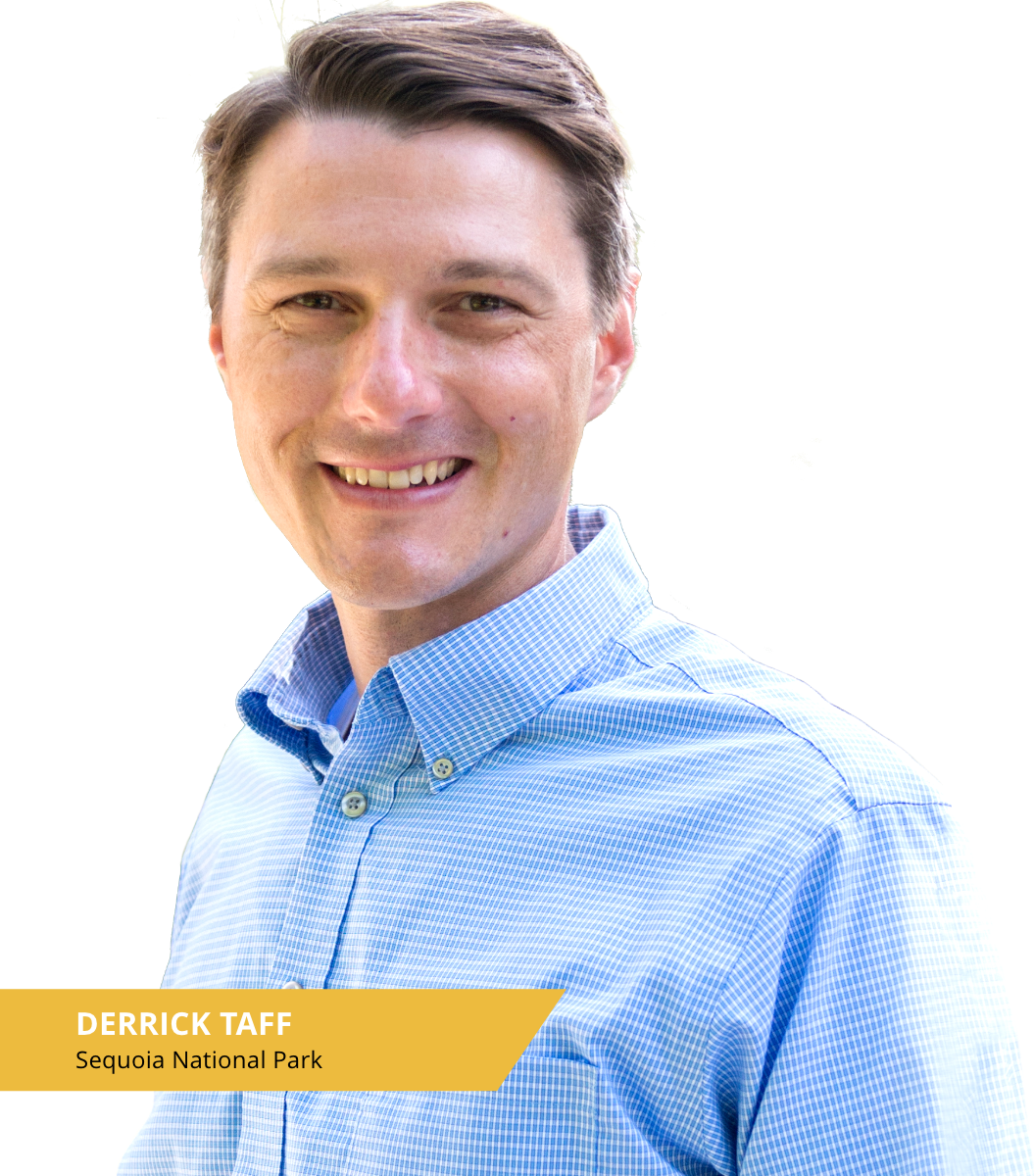PARC LISTENING LAB
The Protected Areas Research Collaborative (PARC) Listening Lab at Penn State University was
established in 2023 in collaboration with the Natural Sounds and Night Skies Division of the
National Park Service (NPS). The primary goal of this lab is to inventory sounds recorded in
National Parks to better understand base level natural soundscapes of ecosystems and the
influence of humans in those ecosystems. To accomplish this, undergraduate researchers analyze
thousands of hours of acoustic data collected each year within park units. Results provide the
NPS with a better understanding of base-levels of natural soundscapes, and over time monitoring
changes allowing NPS staff to better understand global changes from climate, population change,
human dynamics, changing technology and shifts in wildlife dynamics.
This lab is a collaborative effort between the Department of Recreation, Park, and Tourism
Management in the College of Human Health and Development and the Graduate Program in Acoustics
in the College of Engineering. Data from the lab can then be used to understand sound sources
that naturally exist within units and those that may be intrusive. To accomplish this, PIs of
this project are be equipped with “big-data” methods that go beyond traditional methods of
“listening.” This team utilizes traditional acoustic data processing techniques and also pushes
the concept of the “listening lab” to the next level using Artificial Intelligence” (AI) and
Machine Learning through the development of algorithms that help in sound detection and
identification.
Our work is funded by the National Park Service and the National Science Foundation Graduate
Research Fellowship Program, among others.
HOW WE DO IT?
Scientists at national parks across the country have set up microphones to record sounds
throughout
the NPS system. The systematic recording and analysis of sounds help us to understand and
mitigate
the impact of human activities have on park auditory environments. By deploying sensitive
microphones and recording equipment in various parks, the Natural Sounds and Night Skies
Division
captures a wide range of sounds, from the subtle rustle of leaves to the calls of wildlife. The
collected data helps inform management practices aimed at reducing noise pollution, enhancing
visitor experiences, and safeguarding the natural acoustic environment for future generations.
This
initiative underscores the importance of natural sounds as a critical component of ecological
integrity and visitor enjoyment in national parks.
The recordings are then transferred to the PARC Listening Lab here at Penn State, where our
students
listen to, analyze and inventory the sounds heard. Using National Park Service software, The
Listening catalogs both natural and anthropogenic sounds. Software is used to analyze sound
frequency, duration, and intensity, allowing us to discern patterns and assess the health of the
soundscape. This analysis helps pinpoint sources of noise pollution, such as aircraft, vehicles,
and
human activities, and evaluate their impact on wildlife and visitor experiences. Additionally,
these
data are used to train machine learning algorithms to increase productivity and strengthen our
understanding of park soundscapes.
The insights gained from these data are crucial for developing strategies to minimize noise
pollution, such as implementing quiet zones, altering traffic patterns, or creating buffer
zones. By
leveraging comprehensive data sets, the National Park Service can make informed decisions to
preserve the natural acoustic environment, ensuring that the serene sounds of nature remain a
vital
part of the national park experience. Once sounds are analyzed, the findings are sent back to
officials at respective parks and used to inform management decisions about how best to protect
natural quiet.






